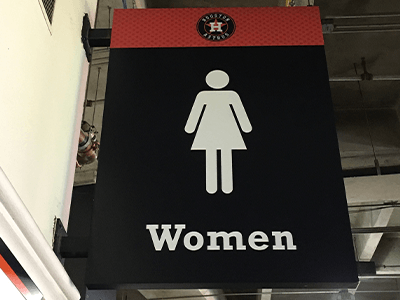When people enter your building, they look for specific locations or points of interest. Offering well-designed interior signs can give them the confidence and comfort they need to find their way quickly. Wayfinding signs function by providing clear directions and important information to people while simultaneously promoting your company’s brand and style throughout the property.
For your business or property to have engaging, helpful interior signage, you need to ensure you have all the different kinds of wayfinding signs employees and visitors need when they’re on site. Learn about the different categories of wayfinding signs to help develop an interior wayfinding signage checklist, ensuring your property offers organized and appealing visual navigation.
Wayfinding Sign Categories
Public and private buildings need various types of wayfinding signs, and each category of signage serves an important role in helping people find where they need to be efficiently. With these signs, visitors and staff can have a positive experience while on your property, whether it’s their first visit or twentieth visit.
There are four primary categories of wayfinding signs your building needs. Each one should be designed and installed clearly and visibly to maximize its effectiveness: informational signs, building directories, safety and security signs, and ADA-compliant signage.
1. Informational Signs
Informational signs are the most critical category of wayfinding signage for any type of building. They provide directions, identify the most commonly visited areas of your facility, and simplify navigation for visitors and staff.
Informational or directional wayfinding signs are needed for:
- Business identification
- Building entrances and exits
- Elevator and stairwell access
- Restrooms
- Parking garage access
- Information desks
- Office or department locations
- Conference rooms
- Retail or dining areas
- Points of interest
Directional signs are usually mounted on walls or hung from ceilings to show visitors and staff where to find key areas of your building. Informational wayfinding signs should be installed in natural focal points and at major intersections or gathering areas for increased visibility to maximize their impact.
2. Building Directories
Building directories are another important category of wayfinding signs that provide a vast amount of information in a single sign. These are often installed in lobbies and main entrances and can quickly help multiple people at once find their way to points of interest or offices within the complex.
The most popular type of building directories are individual office or department listings that detail names and numbers of offices, conference rooms, meeting spaces, and other common areas. In addition, detailed building maps can show the specific location of restrooms, elevators, offices, and other major areas of interest.
3. Safety and Security Signs
Safety and security signs are another essential type of wayfinding signage since they help designate restricted areas, help guide people to safety in the event of an emergency, and promote building security during off-hours.
Examples of important safety and security signs needed for your building include:
- Restricted area signs
- Building and office hours of operation
- Safety and health guidelines
- Prohibited activities or weapons
- Evacuation maps
- First aid areas and defibrillator stations
- Authorized smoking areas
With effective safety and security signage, any person entering your facility can immediately know the days and hours the building is open, any prohibited actions or items, local or county health ordinances, or relevant security information.
4. ADA-compliant Signage
ADA-compliant signage is a required component of any public building as part of the federal Americans with Disabilities Act, which mandates that informational signs, including directional signage, are available and accessible for both visual and tactile readers. These signs typically identify wheelchair-accessible restrooms, elevators, exits, entrances, and ramps and are also designed and fabricated in colors, fonts, sizes, and textures that can be used by the visually impaired or those who read Braille.
Designing and Building Effective Wayfinding Sign Systems
Wayfinding signs should have a uniform look and style to create a cohesive signage system that works effectively in every area of an office park, school, stadium, hospital, or other building. Well-constructed signage installed in strategic locations can be important visual cues as visitors and employees navigate through your property.
Signs can have backlighting for a bold and sophisticated effect or universally understood icons and shapes for common signs, such as plates to indicate dining areas, toilets for restroom areas, or a wheelchair to denote wheelchair access or ramps. Wayfinding signage can be constructed in a wide variety of materials and styles for maximum clarity, impact, and visual appeal, such as:
- Aluminum
- Stainless steel
- Acrylic
- Wall-mounted signs
- Lightbox signs
- Pylon signs
- Directory signs
Wayfinding Signage Solutions from National Signs
National Signs has designed, fabricated, and installed interior wayfinding signs for a wide variety of industries, including office buildings, stadiums, schools, hospitals, event centers, and retail shopping centers. We offer attractive, functional, and professional informational and directional signage for your specific needs and goals.
For more information about interior wayfinding signage for your property, contact National Signs today.




